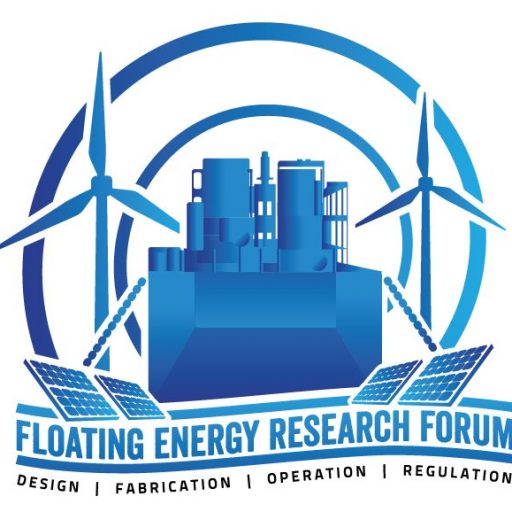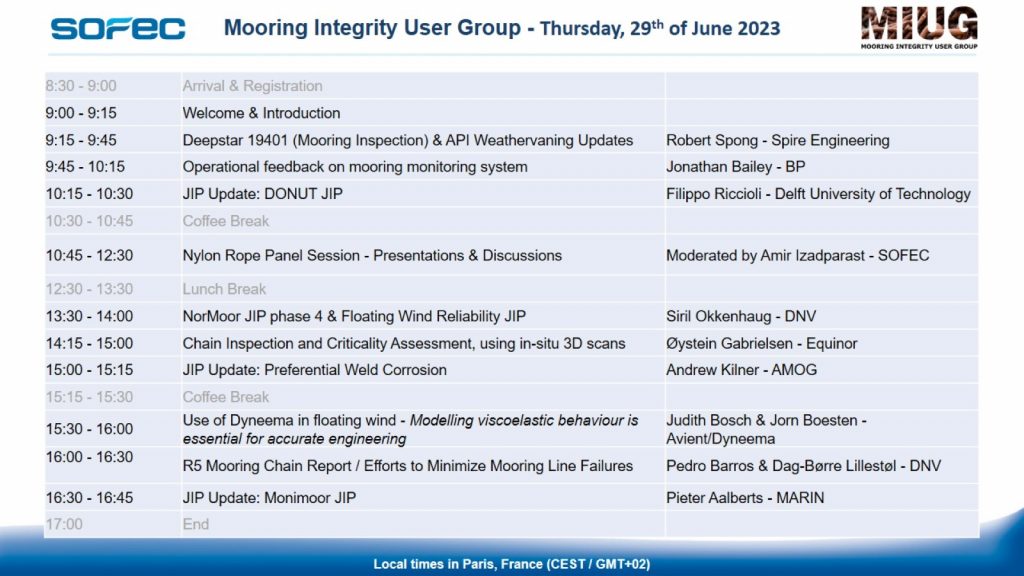Your Online Learning Hub
New Joint Industry Proposals
Explore the latest proposals for Joint Industry Projects that aim to advance floating energy technologies. From inspection frameworks to digital twin models
Our new JIP’s
FLOWRBI JIP
Methodology for designing and following an inspection and monitoring plan for floating offshore wind farms.
Objective:
Bring together operators, engineering companies and inspection contractors to give an overview of the:
– Different types of field architecture and specificities of assets
– Anticipated risks and constraints
– Evaluations of risk acceptance criteria
– Inspection and monitoring solutions
– Evaluation of the cost of repair/inspection
– Assess design and operations constraints to establish the optimal risk inspection strategy
– Develop a methodology for designing and following an inspection and monitoring plan for floating offshore wind farms.
Information: Flyer FLOWRBI
Contact: Delphine Rigaud
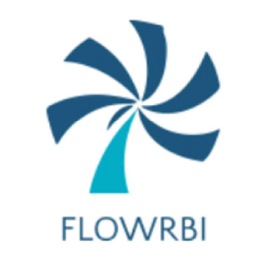
LEAP JIP
The objective of the LEAP JIP is to assess and reduce risks involved in crew transfers offshore.
Motivation and background:
The number of wind parks in Europe and worldwide is continuously growing. The installation and maintenance of these wind parks require regular crew transfers. For large offshore wind parks, this can result in over 1,000 crew transfers per year. As the number of wind parks increases, so does the demand for new technicians, some of whom may have limited experience. This combination of frequent transfers and varying experience levels heightens the risk of incidents.
Information: Leaflet LEAP JIP
Contact: Jule Scharnke

SheathFlex JIP
Guideline for qualification of pressure and outer sheath materials in unbonded flexible pipe
Objective:
The proposed JIP will gather all the manufacturers and operators to align on:
– the methodology to establish the list of qualifications tests to be performed
– the minimum qualification tests needed per type of polymer/material family and applications
– the complementary qualification tests
– the test procedure principles together with their requirements for each qualifications tests
– Issue a guideline defining the requirements to qualify internal pressure sheath and external sheath materials for unbonded flexible pipe considering pipe body and end-fitting area.
Information: Leaflet
Contact: Delphine Rigaud
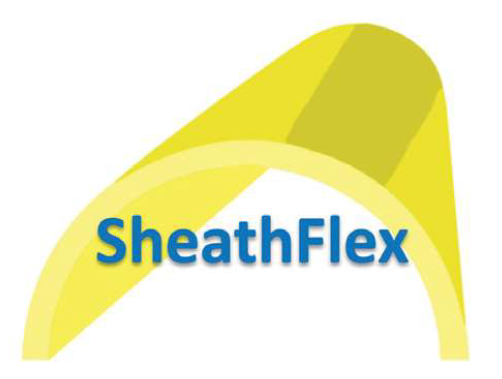
HoliMoor JIP
An integrated framework for corrosion condition monitoring and fatigue capacity assessment of mooring chains.
Objective:
The number of wind parks in Europe and worldwide is continuously growing. The installation and maintenance of these wind parks require regular crew transfers. For large offshore wind parks, this can result in over 1,000 crew transfers per year. As the number of wind parks increases, so does the demand for new technicians, some of whom may have limited experience. This combination of frequent transfers and varying experience levels heightens the risk of incidents.
Information: project folder will follow
Riser retrofit sensor network for lifetime extension JIP
Retrofit subsea sensor nodes for continuous monitoring using battery less and wireless technology.
Objective:
This JIP has the objective to reduce risk of failure for critical infrastructure such as risers and mooring chains by collecting continuous sensor information from retrofitted nodes.
Information: JIP Leaflet
Contact: Karsten Husby
MSW JIP
Mooring Systems Wear
Objective:
The objective of the MSW JIP is to improve wear estimate knowledge for the specific conditions experienced by mooring systems inter-component wear, and to define a mooring systems inter-component wear estimation guideline.
Contact: Pedro Barros and Simon Dimopoulos
NYMOOR
The aim is to develop knowledge and procedures to enable the design and use of nylon mooring systems for floating wind turbines with high durability in the ocean environment.
Information: Nymoor_Flyer(v6)
Contact: Nuno Fonseca
DROPS JIP Phase III
Dynamic Response of Offshore Pipelines and cables on the Seabed, Phase III
Objective:
The objective of Phase III of the DROPS JIP is to further enhance the SIMLA software tool to correctly simulate the physical behaviour of subsea pipelines and cables in the operational phase by including functionality to perform 3D non-linear time domain VIV (Vortex-Induced Vibrations) analysis of free spans.
Information: DROPS_PhaseIII_proposal
Contact: Egil Giertsen
LWR JIP Phase III
Lazy Wave Riser JIP, Phase III
Objective:
The objective of LWR JIP Phase III is to further enhance the VIVANA-TD software tool to predict marine riser and dynamic power cable responses under simultaneously acting wave and VIV (Vortex-Induced Vibrations) loads.
Information: Project folder
Contact: Jie Wu
MAPLES JIP
Multi-fidelity and Probabilistic Life Enhancement for Slender Marine Structures
Objective:
The objective is to model and reduce the uncertainties in lifetime prediction of marine risers and dynamic power cables at desired risk levels using probabilistic and multi-fidelity modelling based on measurement data.
Information: project folder will follow
Contact: Jie Wu
Cold Water Pipe JIP (CWP JIP)
Design and Model Testing of Large Diameter Deep Cold Seawater Intake Pipes for FPSOs, FLNGs and OTEC.
Objective:
The objective of the CWP JIP is demonstrate to the industry that large diameter cold water intake pipes can be successfully installed and will provide reliable in operation for decades of use. This includes addressing the crucial connection joint at the top of the CWP to the hull. Model testing will be a key part of the demonstration process.
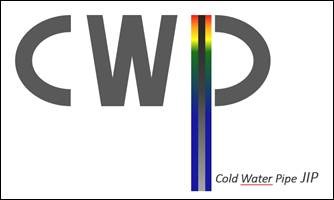
TOWIN JIP
The objective of the TOWIN JIP is reduce the cost of the towing operation of floating offshore wind turbines (FOWT) by safely increasing the towing speed and expanding the operational criteria.
Information: ToWin JIP Flyer
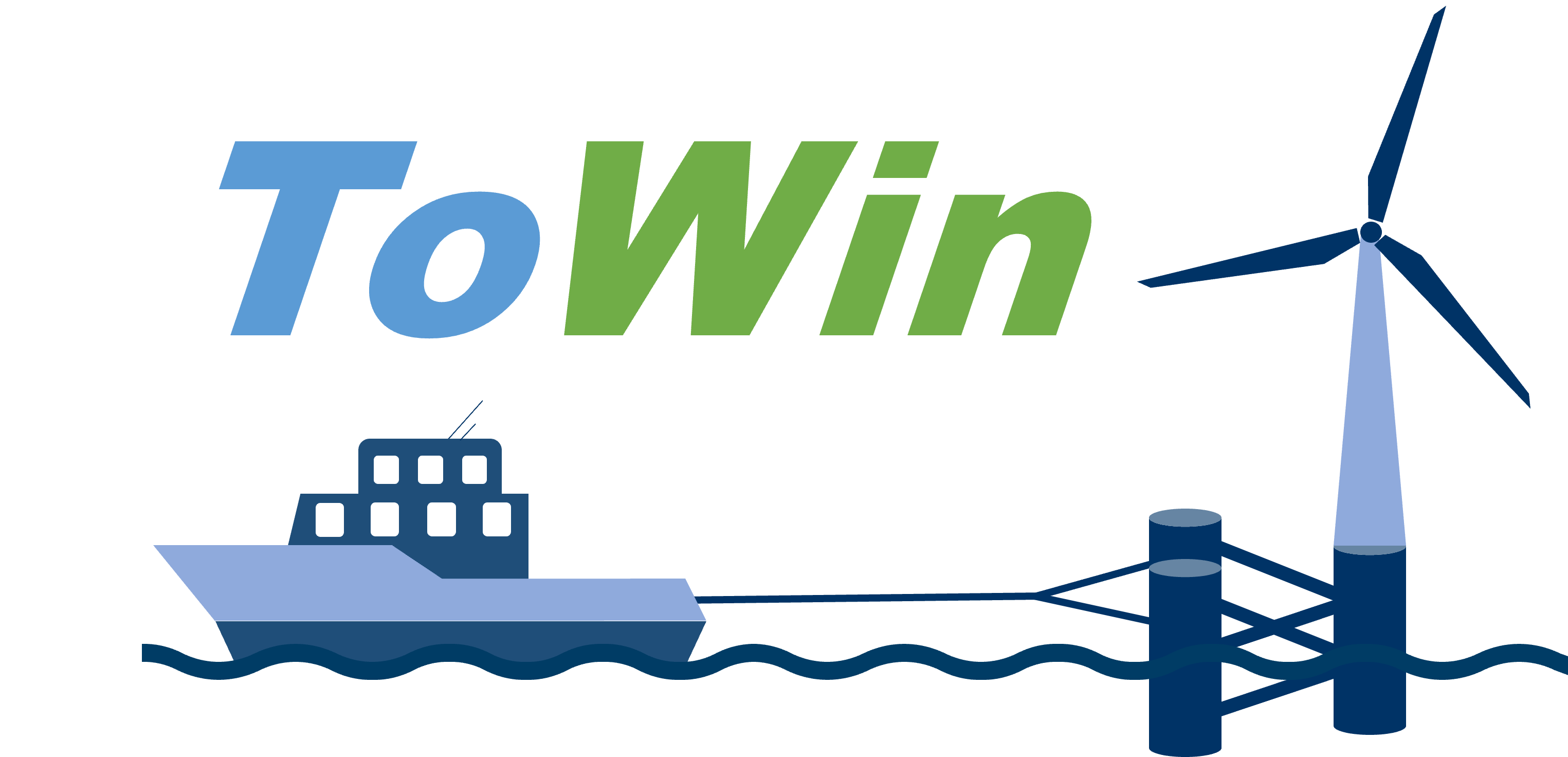
OptiFOWT JIP
– the number of calculations by identifying useless and non-dimensioning DLC.
– Determine model simplifications that can be implemented according to the design objective.
Information: OptiFOWT leaflet
Contact: Delphine Rigaud

PWC JIP
Preferential Weld Corrosion (PWC) is observed more frequently on permanent mooring chains, and in some cases has been determined to be the cause of failure of some mooring lines. So far, the occurrence of PWC does not seem to be correlated to either chain grade, water depth, geographic location, or manufacturer. This JIP will investigate the following:
- Prevalence of PWC within the permanent mooring industry
- Characterization of PWC features, and identify relevant correlations
- Study the driving factors that cause PWC, through modeling and field tests.
- Provide guidance tools on the risk of PWC related to the integrity of the mooring system.
Contact: Joerik Minnebo
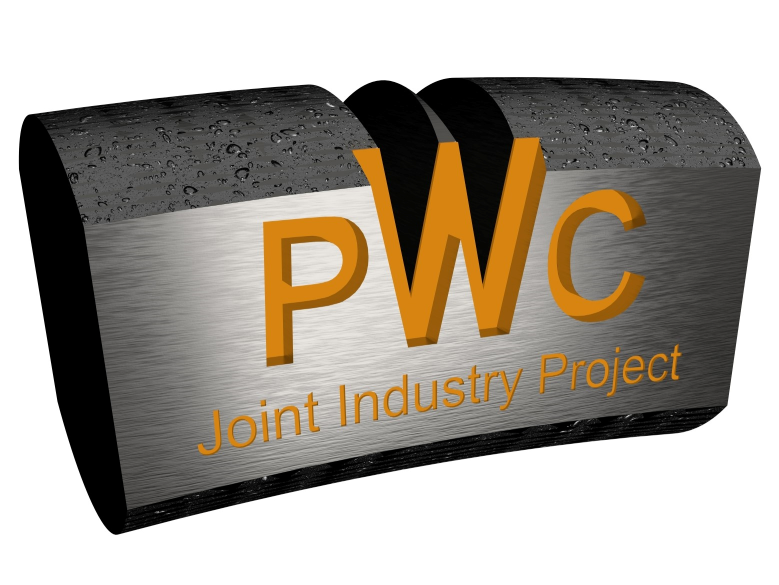
Scalewind
MARIN and NREL have initiated the SCALEWIND JIP to develop a widely accepted floating wind turbine design assessment methodology that leads to efficient design convergence and reduced operational uncertainties for large scale floating wind.
Information: Scalewind leaflet
Contact: Erik-Jan de Ridder
Website: MARIN Scalewind
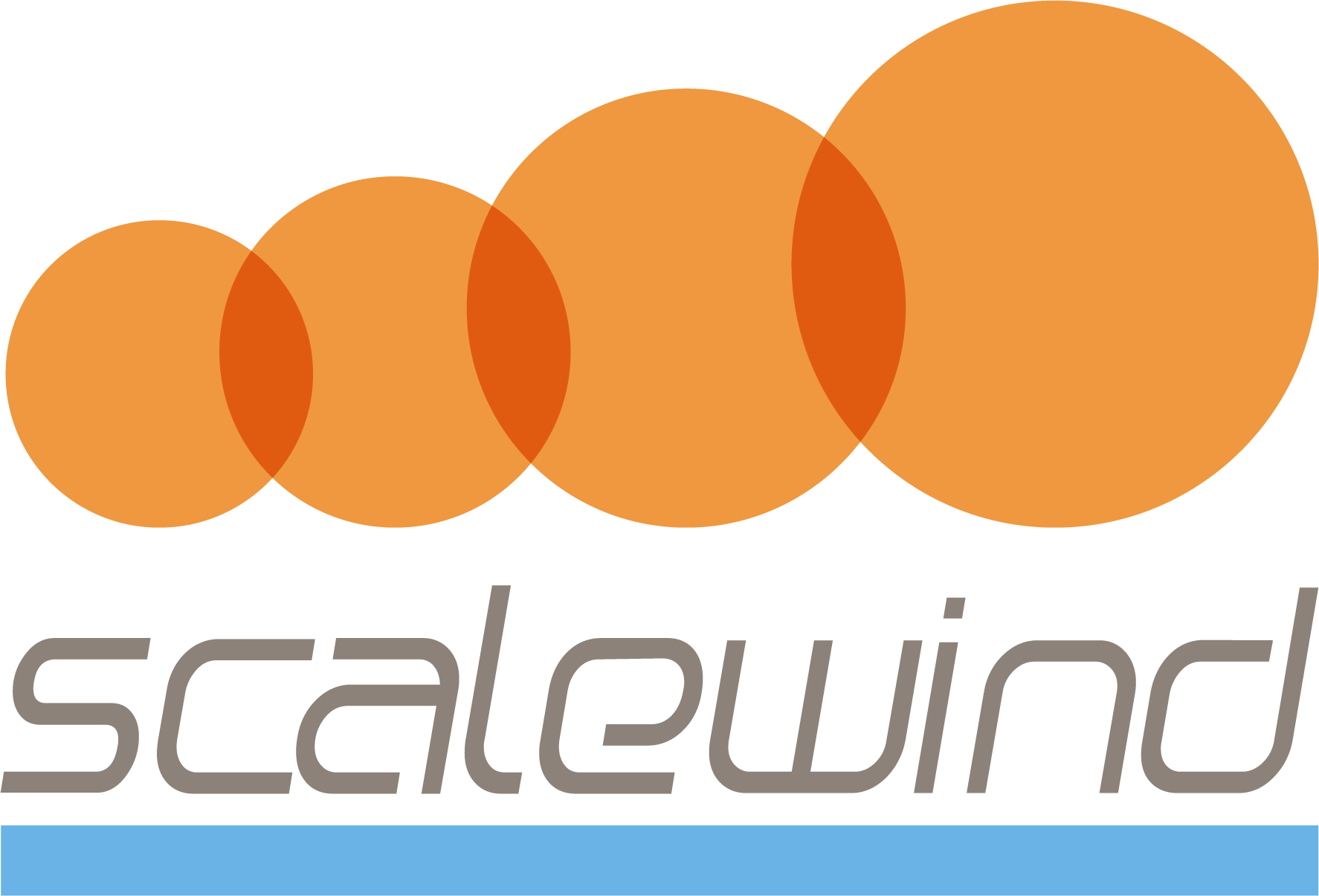
Dionysos
Contact: Romain Ribault
Wind Avatar
Wind Avatar JIP objective is to develop and qualify a digital twin methodology to improve the operation & maintenance of floating offshore wind in order to minimize OPEX & CAPEX and maximize revenues
Information: IFPEN_JIP-WindAvatar Leaflet
Contact: Jean-Lou Pfister
Discover Our Vision
We Make Life Easier With Smart, Effective Solutions
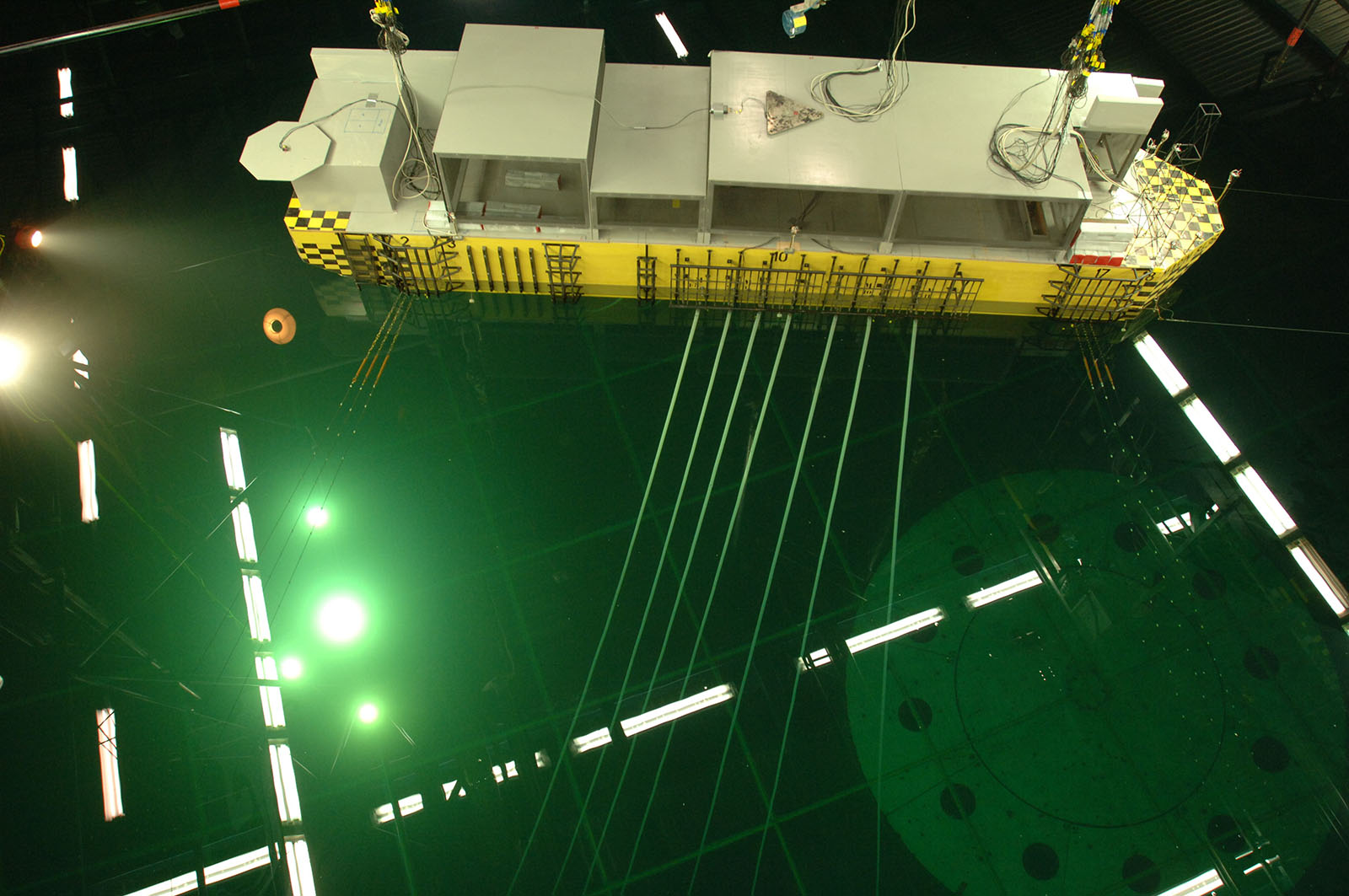
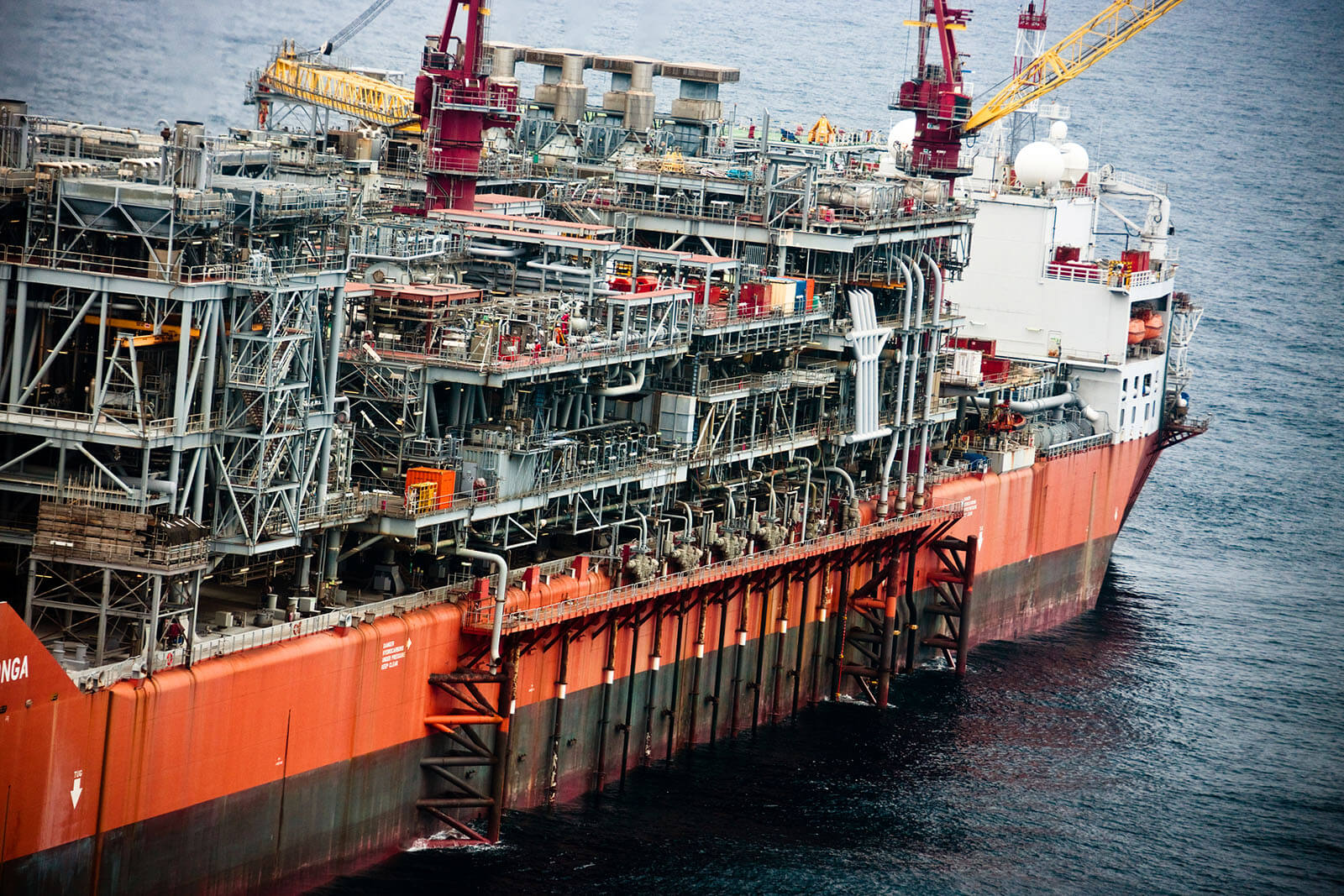
Our smart and effective solutions simplify everyday life for our customers, offering convenience and efficiency in every interaction. We are dedicated to delivering innovations that make a real difference, enhancing the overall customer experience and satisfaction.
